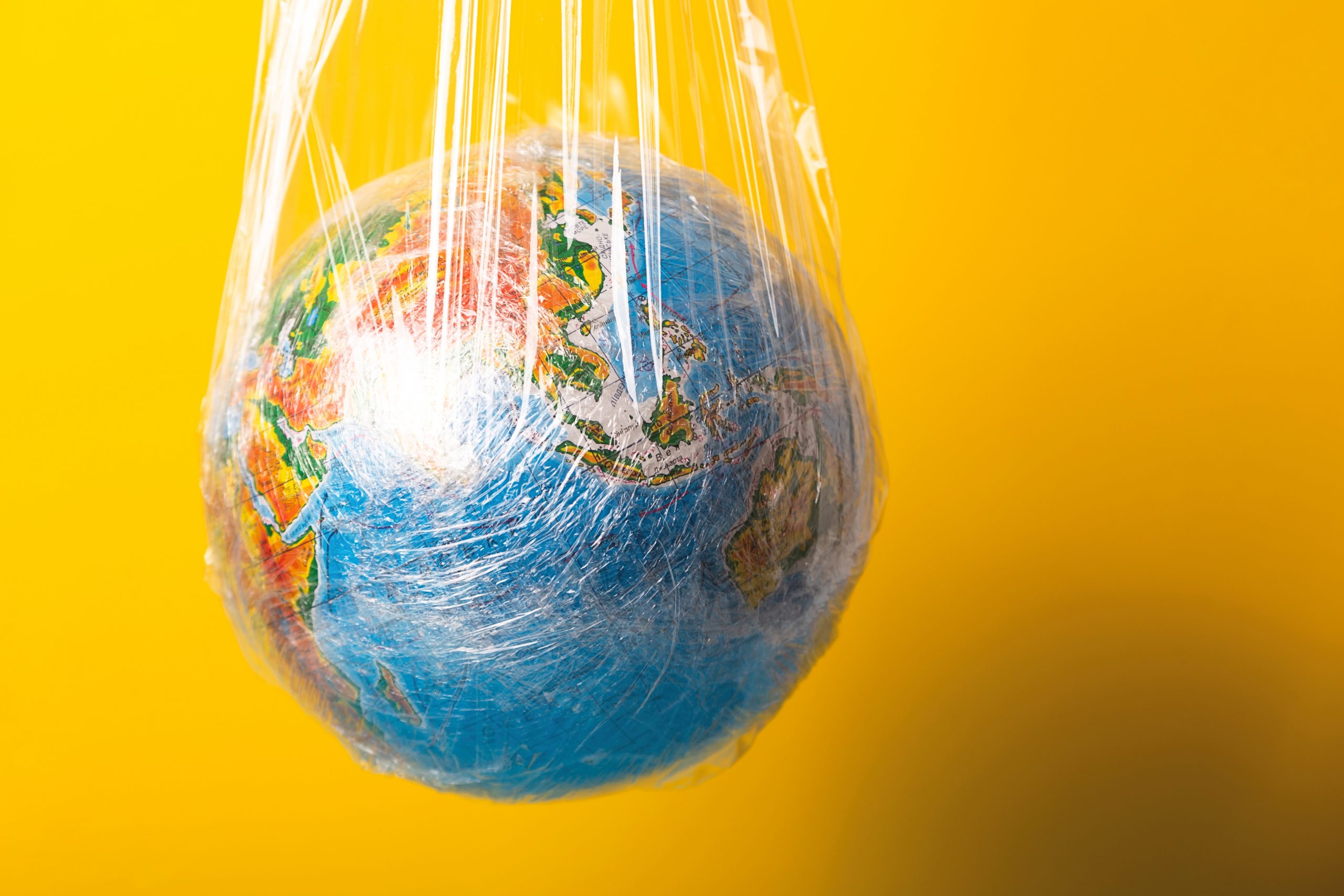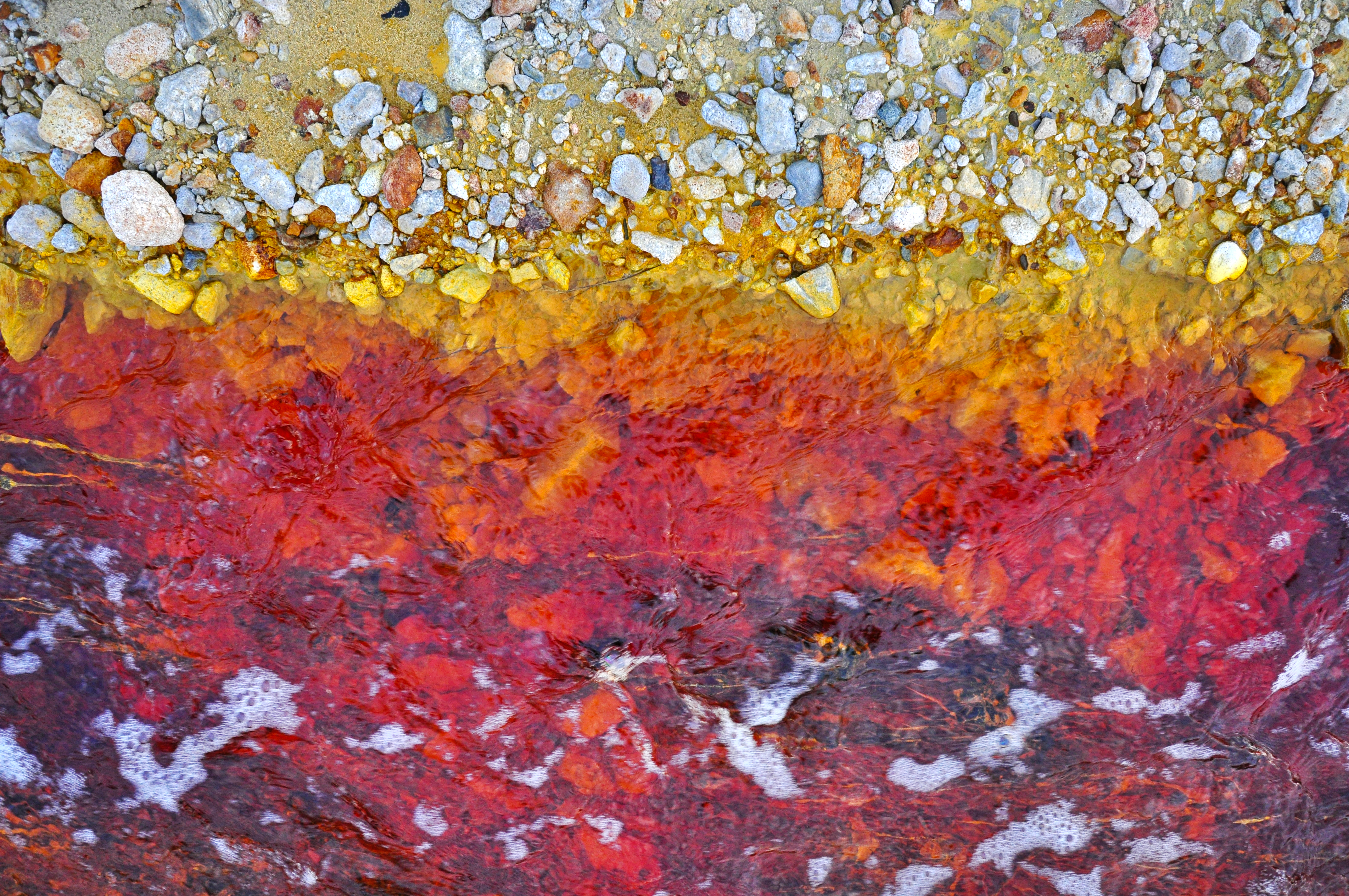Waste & material traceability solution for sustainable facilities

The source and the most significant component of life on earth, oceans! But are we aware of what human-caused threats we expose the oceans to? These vast and mystifying waters may seem intimidating to some. Still, they are so fragile and deteriorated by the environmental pollution and climate crisis we have triggered. Today, pollution in the ocean is one of the most crucial problems of our planet.
Ocean waste is a subject that almost everyone has heard of but does not know the details about. However, trash pollution in the ocean directly affects more than 800 animal species and indirectly affects everyone else, and this number is in danger of increasing day by day. That is, threats seeming far away may be deeply rooted in your life. Let’s look at the ocean pollution facts and the causes of the polluted ocean.

Obviously, the problem is the incredible amount of waste, but the real question is: How much trash is in the oceans? That sounds shocking but according to recent ocean pollution statistics, each year between 4 and 12 million metric tons of plastic enter the oceans, mostly for single use. Moreover, that amount can be tripled in the next 20 years! Yet, although plastic seems to be the leading enemy and especially the main reason for the Great Pacific Garbage Patch, other factors are also highly consequential.
As you can see, ocean water pollution comes from the land. Due to low recycling rates and poor waste management, most waste mixes with water from landfills. Irregular and informal waste collection practices also make things more complicated. Eventually, waste streams reach the oceans, causing a new global ocean garbage crisis and danger to the marine environment. After all, single-use products that we think make our lives easier come back to us as health problems and ecological threats! To better understand the risks, we should take a closer look at the effects and facts about trash in the ocean.

Statistics of ocean pollution show that the central problem is the insensitive production and usage of plastic. So how exactly does plastic pollution and other wastes in the ocean affect living things?
These are the most striking facts about ocean pollution. Unfortunately, there is more!
It seems there is no time to waste!

We are all responsible for this picture and we can no longer afford to delay. Although many practices, from international agreements to official regulations, have been implemented, some things can be done individually for ocean pollution solutions, especially in plastics.
Although these are critical steps, the more important part is efficient and sustainable waste management in every field. Meet Evreka, which offers a system capable of responding to all waste management cases!

Evreka sets out with a team that cares about the world’s problems and evaluates waste management within this framework. Therefore, EvrekaCrew does not see its activities as only providing state-of-the-art waste management solutions for zero waste. It is aware that its products are actually solutions to stop ocean pollution and contribute to preventing the effects of the climate crisis.
Thanks to the most comprehensive waste management platform, every stage from collection to highest quality recycling is managed with plans and a tracking system based on real-time data.
The solutions offered by Evreka for the recycling center and materials recovery facilities (MRFs) eliminate the industry’s most substantial problems, such as fair pricing, trackability, and transparency. Like this:
If you want to stop this problem, contact us today and become a part of Evreka’s cutting-edge and global waste management world!